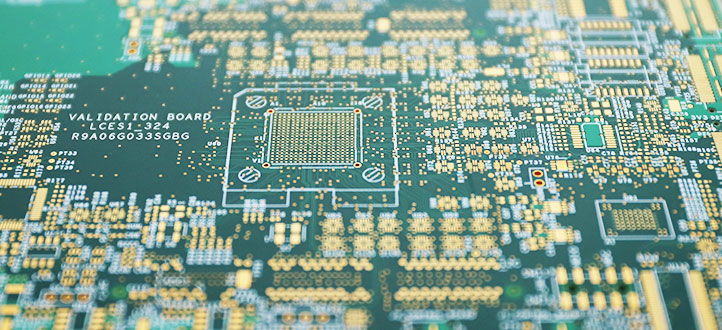The difference between PCB immersion gold/tin process?

The immersion gold process refers to chemically plating a layer of nickel and gold on the surface of the PCB. The nickel layer acts as an isolation to prevent the diffusion between gold and copper, and the gold layer acts as a protection to prevent nickel oxidation and improve solderability.
The immersion gold process has the following advantages:
The coating is flat and bright, suitable for mounting fine-pitch components;
The coating is stable, not easy to oxidize and discolor, and has a long storage life;
A uniform and continuous intermetallic compound is formed between the coating and the solder to improve the strength and reliability of the solder joint;
Lead-free technology, in line with environmental protection requirements.
The immersion gold process also has some disadvantages:
The process is complicated and the cost is high;
Too high or too low gold content in the coating will affect solderability and reliability;
High or low nickel content in the coating will lead to "black pad" phenomenon;
The coating is sensitive to organic substances such as hydrogen sulfide, and is prone to "purple spot" phenomenon. PCB the immersion tin process refers to the chemical replacement of a layer of tin layer on the surface of the PCB, and a uniform and dense copper-tin compound is formed between the tin layer and copper to improve solderability.
The immersion tin process has the following advantages:
Simple process and low cost;
The tin layer matches any type of solder;
There is no interface reaction between the tin layer and copper, and there will be no "black pad" phenomenon;
Lead-free technology, in line with environmental protection requirements.
The immersion tin process also has some disadvantages:
The tin layer is easy to oxidize and change color, and the storage life is short; The tin layer is prone to tin whiskers and tin migration, which affects reliability; The thickness of the tin layer is not easy to control, and it is easy to cause short circuit or open circuit. To sum up, the two processes of immersion gold and immersion tin have their own advantages and disadvantages, and are suitable for different applications. When choosing a PCB surface treatment process, comprehensive consideration should be given to factors such as product design requirements, use environment, quality standards, and cost budget.

